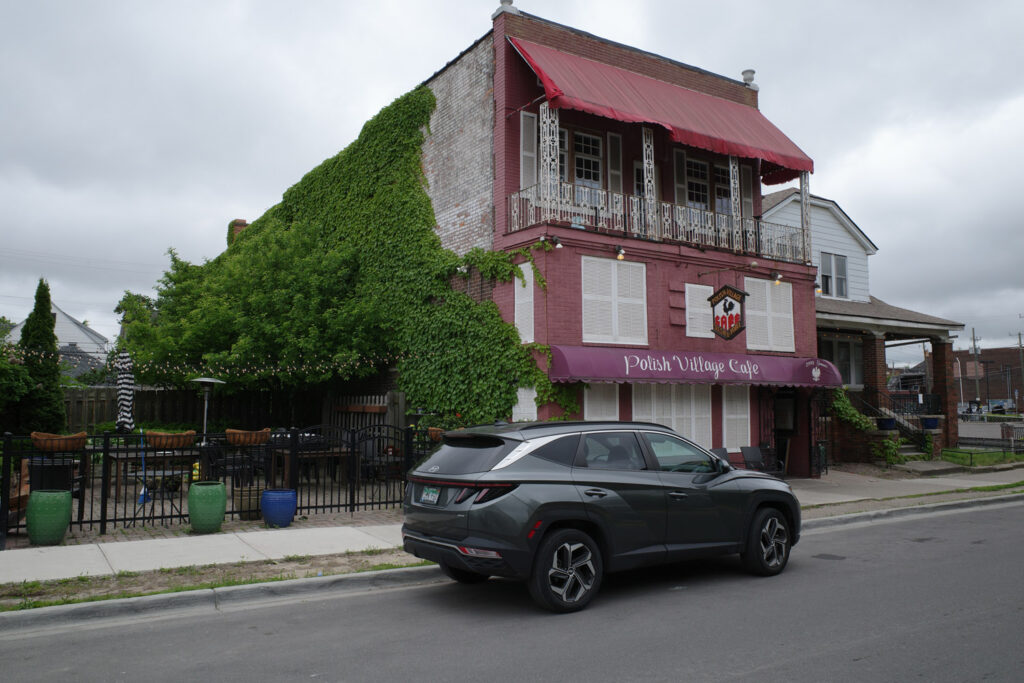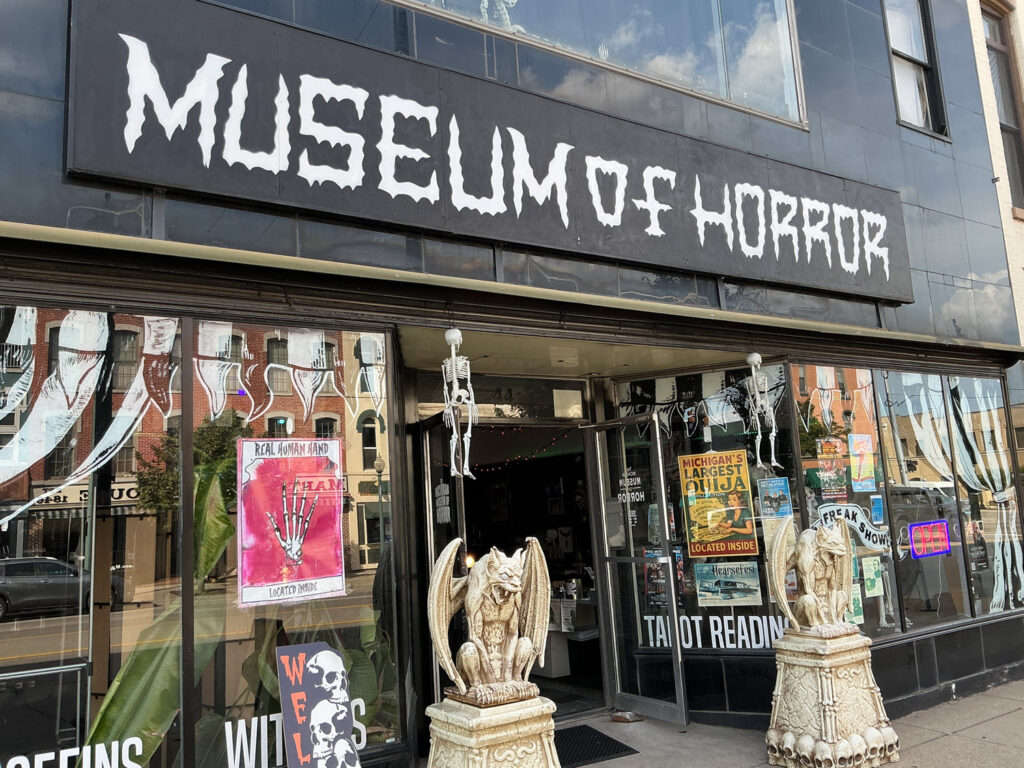Hamtramck — Hamtramck ranks as the most walkable city in Michigan, somewhere between New York City and Chicago.
The city flourished in the early 20th century and quickly became known as the center of Polish-American life. By 1970, the city was 90% Polish.
However, as manufacturing moved overseas and the original Eastern European immigrants moved deeper into the suburban sprawl of Metro Detroit, the city attracted a large Muslim population from the Middle East, especially Yemen.

If the 20th century Hamtramck belonged to the Poles, the 21st belongs to the Muslims.
The walkability was great for the bar scene in the city, which carried on even during Prohibition. Nowadays, it serves the Muslim women who can’t or won’t drive due to religious and cultural prohibitions.
The streets are full of women walking not just in hijab (the headcovering), but niqab (which hides all but the eyes).
Hamtramck was the first city in America to achieve a Muslim majority. In 2022, the city’s more conservative population protested against the inclusion of LGBT books in public schools and even managed to create a new review process that involves parents in book decisions.
Later in 2023, the Muslim-majority city council voted to ban the display of pride flags in the city. In 2024, the mayor of Hamtramck, Amer Ghalib, endorsed President Donald Trump.
Then in March, Ghalib was nominated by President Trump to be the U.S. ambassador to Kuwait.
All in all, Hamtramck has changed a lot over the years—demographically and politically—but I wanted to get a taste of the old Hamtramck Polish scene, which still exists at the Polish Village Cafe on Yemans Street.
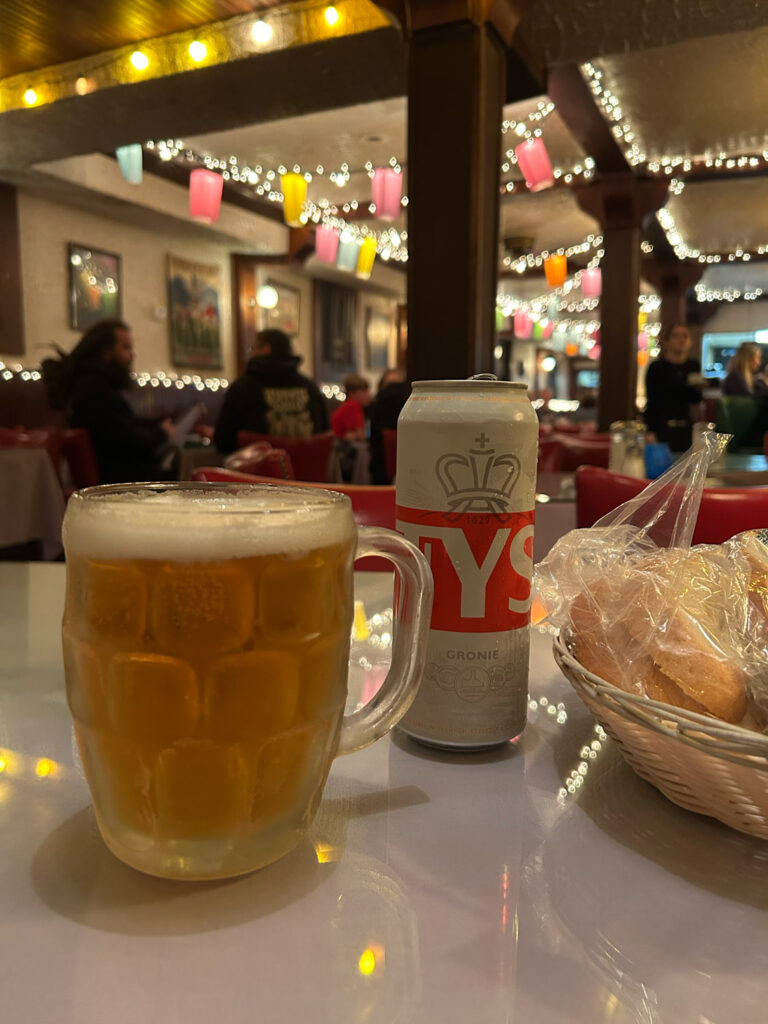
The building has the customary two-story deck that you’ll often find on houses in the area and a patio with seats where a woman was tending a garden.
Walking through the front door, you have to take a few steps down below the street level into a short, low-lit hallway with an ATM at the end. They only accept cash for purchases under $50.
Open the door, and you’re now in a picturesque restaurant with dark wood, Polish memorabilia tacked on the walls, and a long bar that extends the length of the dining room.
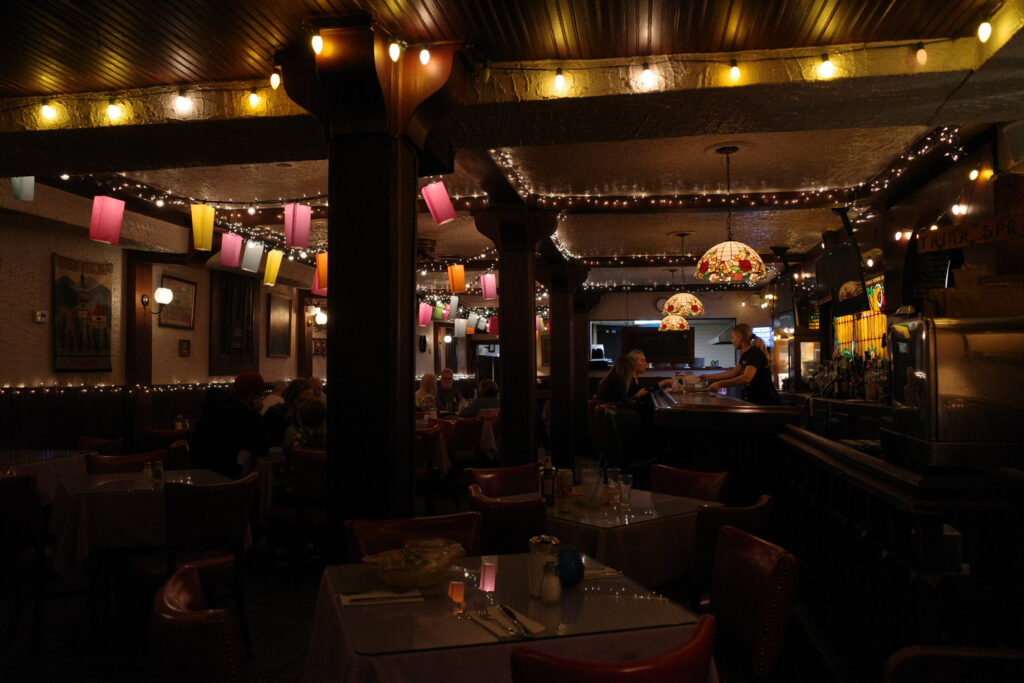
I took a table in the corner by the piano, with a nice view. It was dark and warm, and everyone else in the restaurant looked straight out of Poland: straw blond hair, oval faces, sharp noses, light eyes.
Their appearance was in stark contrast to those I’d seen walking around the neighborhood before I dipped inside. At least, I think they looked different. It’s hard to tell when all the women are wearing niqabs.
A waitress, recently arrived from Ukraine, came over and took my order: the Polish plate (sauerkraut, kielbasa, cabbage rolls, and pierogi) and a Tyskie (light beer). The food was delicious and came out fast.

Walking up Yemans Street one block, then turning left onto Joseph Campau Avenue, is New Palace Bakery, full of traditional Polish goodies.
I walked in five minutes before close, but the old lady behind the counter was happy to help me pick out some chruściki or “Polish angel wings,” a fried dough like the elephant ears you get at a county fair.
While checking out, she told me that she’d lived in Hamtramck for nearly 40 years after coming over from Poland as a young woman.
“It’s a different world now,” she says. “It all came so fast.”
She says she “no longer sees the friendly faces of neighborhood women, just eyes through black veils.” Many of the Polish customers she serves only drive in on special occasions from the northern suburbs.
I see what she means. I saw a couple men walking about, but mostly women in niqab with young children in tow or teenage boys chasing one another down alleys.
Srodek’s Campau Quality Sausage caught my eye, and I stopped in to see what they were selling. The shelves were loaded with Eastern European groceries and candies. The meat counter was stocked with more sausages than I could name.
A young woman was working the counter and suggested I pick up some spicy dried kielbasa. Before selling them to me, she warned me that they’re made with pork, something she does often.

“We’ve gotten a lot of complaints about selling pork from people in the area,” the woman said. “They also complain about the church bells from St. Florian, but there’s nothing I can do about that.”
She grew up in the city, speaking Polish as a kid, playing throughout the neighborhood with her childhood friends before their families moved away.
“The city has changed—I hear the call to prayer five times a day, easily,” she said. “I don’t complain about that or the veils, so I don’t see why the church bells bother them so much.”
Bogdan, a middle-aged Ukranian man sitting on his stoop, informed me that “there are too many Polish.” The intra-Slavic feud weighed more heavily on his mind than the increase in the Muslim populations, but still he noticed it.
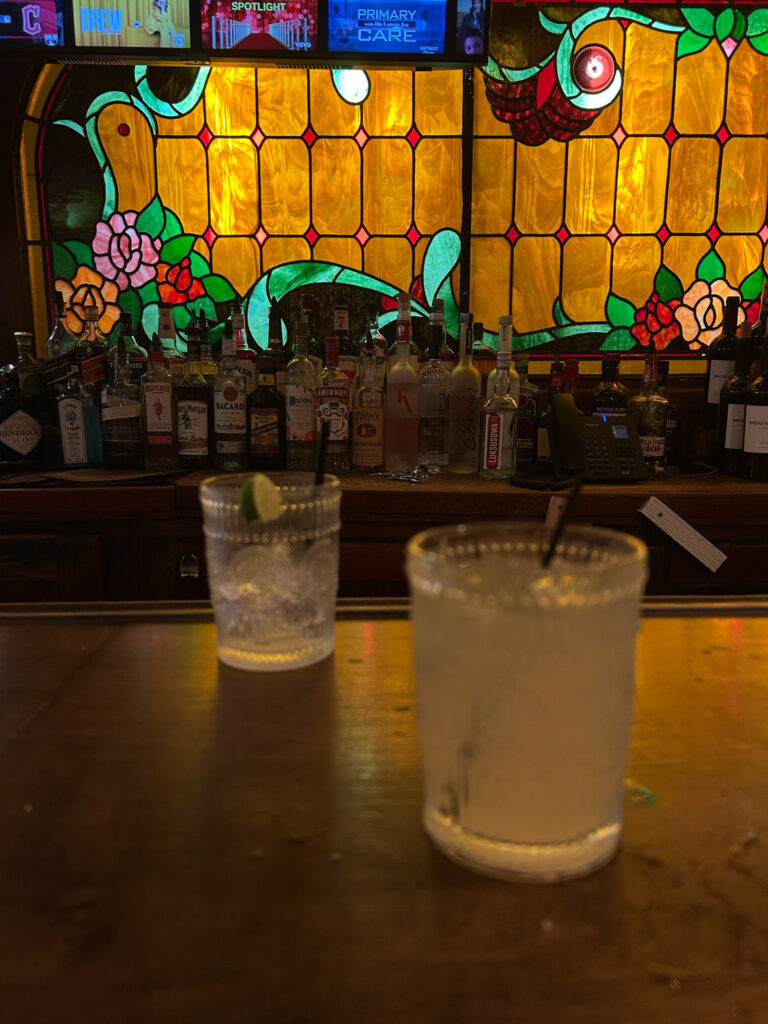
An old Polish woman named Basha stepped out into the street for a cigarette while I was feeding a stray cat in her garden. She’s lived here for most of her life and recently celebrated her 70th birthday.
Over drinks, Basha told me all about the neighborhood: how it’s changed, how friendly most of the immigrant families are, how none of the Muslim women she’s befriended can give her a ride when she has to make it out of the city.
According to her, the city council doesn’t care much for the old Polish community. They’re more focussed on building a new Muslim one.
The easy-to-navigate streets are lined with stores and houses and bars, making grocery shopping easy and socializing, too.
Hamtramck still has great Polish roots, but the garden is being tilled and a new culture is taking over. One where the walkability serves women who can’t drive rather than Poles leaving the bar who probably shouldn’t.
Caleb Wallace Holm is social media editor for Michigan Enjoyer. Follow him on X @calebwholm and Instagram @calebwallaceholm.
